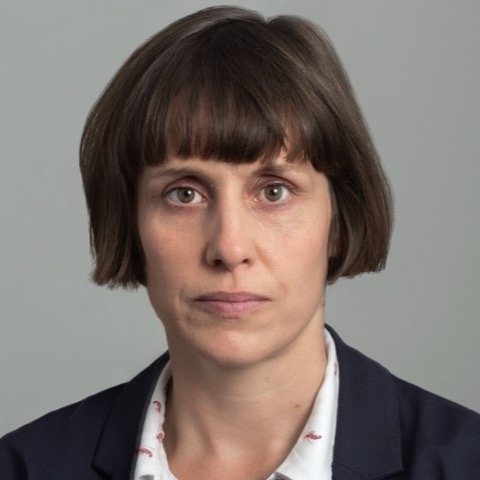Anne-Katrin Weber is a NOMIS Fellow at eikones – Center for the Theory and History of Images at the University of Basel (Switzerland).
Weber is a media historian with a special interest in television’s noninstitutional uses and technologies. Before joining eikones, she was junior lecturer at the Section d’histoire et esthétique du cinéma at the University of Lausanne. In 2018/2919, she was a postdoctoral fellow (funded by the Swiss National Science Foundation) and visiting researcher at the Comparative Media Studies/Writing at MIT (Boston, US) and at the Center for Contemporary and Digital History, C2DH, at the University of Luxembourg.
She obtained her PhD at the University of Lausanne, for which she received the Dissertation Award from the Society of Cinema and Media Studies (SCMS). The thesis, Television before TV. New Media and Exhibition Culture, 1928-1939, rethinks the history of interwar television by exploring the numerous demonstrations of television held at international exhibitions and national fairs in the late 1920s and 1930s. Building upon extensive archival research in Britain, Germany and the United States, the study emphasizes that even without regular programs, interwar television was widely seen.
Weber co-directed the research project Au-delà du service public: pour une histoire élargie de la télévision en Suisse and was co-responsible for the public history project Le Syndic, la vache et le verre de blanc. Un siècle de Comptoir suisse à Lausanne. Her research has been published in English and French in journals such as Grey Room, Necsus, and Relations internationales; A Contrario. Revue interdisciplinaire de sciences sociales; and in edited volumes, most recently in In the Studio (ed. Brian Jacobson, University of California Press). She has edited several journal issues and volumes, and is currently preparing a special issue called “The Vertical Image. Politics of Aerial Views” for Transbordeur. Photographie, Histoire, Society.
As a NOMIS Fellow, Weber will work on her second monograph on the history of closed-circuit television. Operative TV: Closed Circuit Images from World War II to the Cold War shows how audiovisual images have not only occupied numerous fields outside the home, but have transformed workflows and communication practices, as well as logics of warfare through rationalization, automation and centralized surveillance. The project investigates the visual, material and epistemic dimensions of this televisual form defined in terms of audiovisual instrumentality and operability. A collaborative project with students from the University of Basel gives a first glimpse into her research: www.dronetv.lu




